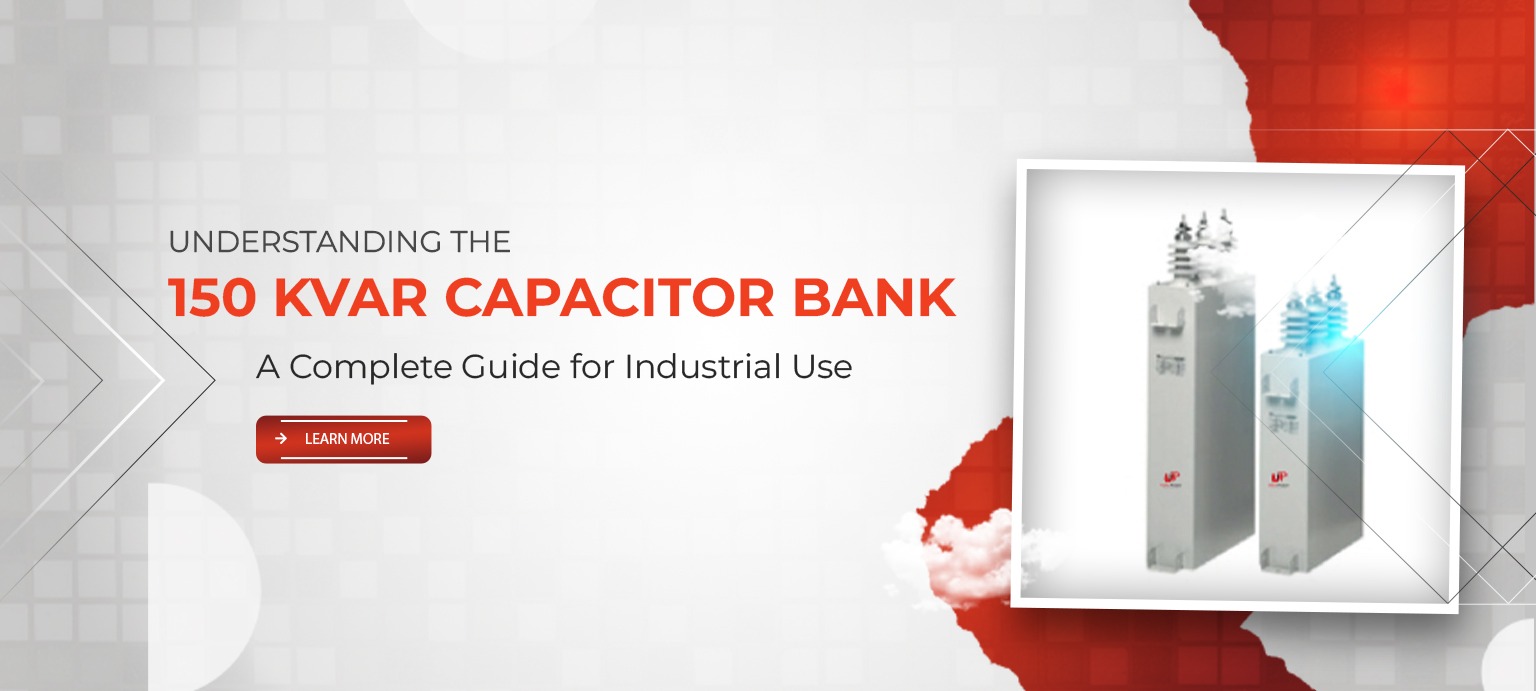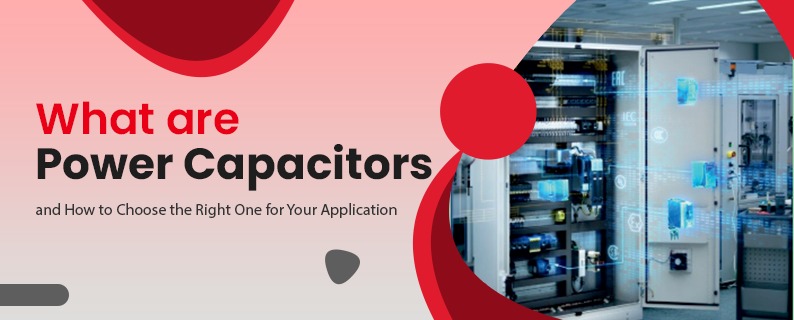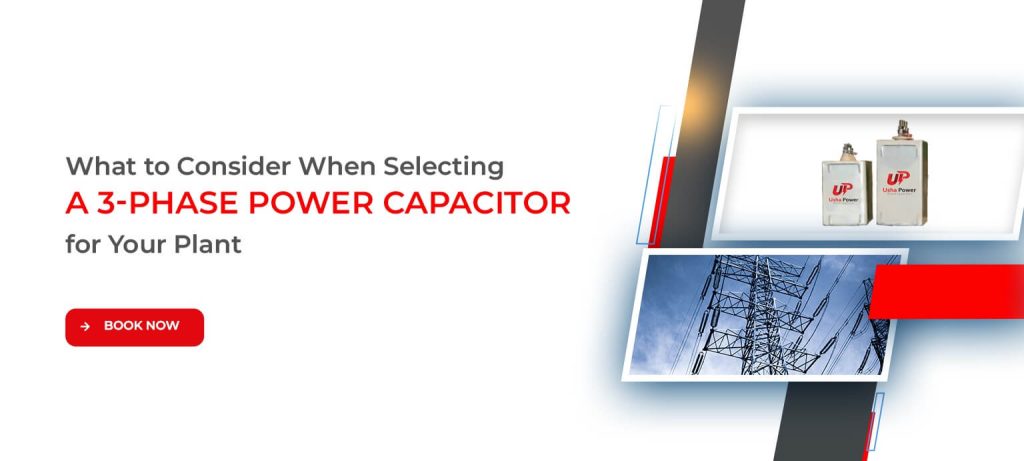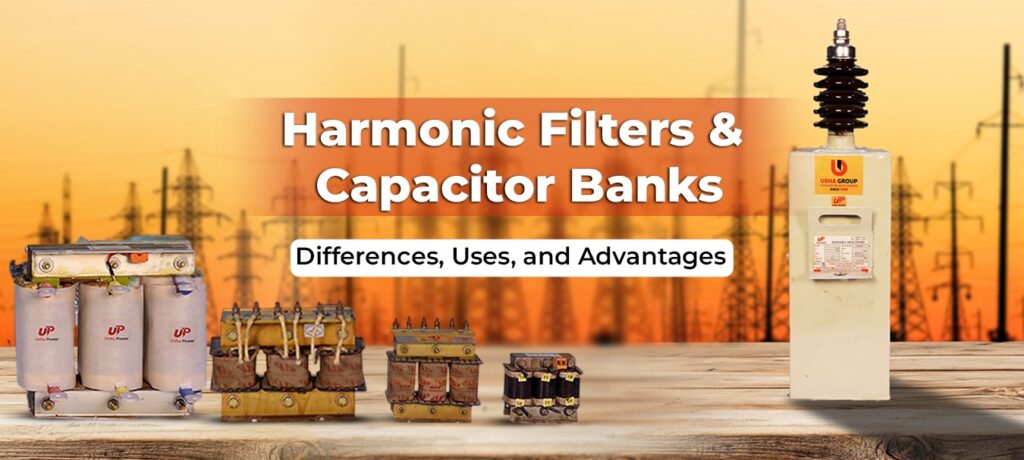Running an industrial unit comes with its share of challenges, especially when it comes to managing power efficiently. One of the most common issues industries face is low power factor, which can lead to higher electricity bills, reduced equipment efficiency, and even penalties from power suppliers. To solve this, many industries turn to capacitor banks. Among the most widely used options is the 150 kVAR capacitor bank, which has become a standard choice for improving power factor in medium to large industrial setups.
What is a Capacitor Bank?
Before diving into the specifics, let’s understand what a capacitor bank actually is. A capacitor bank is a group of capacitors connected together to store and release electrical energy. These banks are installed in electrical systems to improve power factor by compensating for the reactive power drawn by inductive loads like motors, transformers, and welding machines. When your factory runs multiple machines, they create a lagging power factor due to inductance. A capacitor bank helps balance this out, allowing the system to use power more effectively.
Why Power Factor Correction is Necessary
When your power factor is low, you are not using the electrical power efficiently. It means your system is drawing more current than it needs, which leads to energy loss, overheating of cables, and voltage drops. Power suppliers often charge extra or impose penalties for poor power factor. By using a 150 kVAR capacitor bank, industries can improve the power factor closer to unity (1), which not only reduces electricity costs but also protects the electrical infrastructure from unnecessary load and damage.
Where the 150 kVAR Capacitor Bank Fits In
The 150 kVAR capacitor bank is commonly used in industrial facilities with connected loads that cause significant reactive power demand. This size of capacitor bank is well-suited for applications where total connected load ranges between 150 kW to 250 kW, depending on the type of equipment and the desired power factor correction. It can be installed at the main distribution panel or near heavy machinery to improve local correction. Its design and rating make it a popular choice for medium voltage applications, helping maintain voltage stability and reduce losses in the power distribution system.
Key Benefits of Using a 150 kVAR Capacitor Bank
One of the biggest advantages of using a 150 kVAR capacitor bank is the clear reduction in energy bills. With better power factor, your electrical system requires less apparent power to perform the same task, which leads to immediate savings. In addition, it lowers the burden on transformers and generators, increasing their life and performance. Another major benefit is the improvement in voltage levels throughout the network, especially during peak operational hours when machines are running at full capacity. Over time, these improvements in electrical health also mean fewer breakdowns, better machine performance, and lower maintenance costs.
Safety and Maintenance Considerations
Installing a capacitor bank isn’t just about plugging it in and forgetting it. Safety and maintenance are critical. The 150 kVAR capacitor bank should be installed by qualified technicians who understand the load requirements, connection types, and protective elements like fuses, contactors, and circuit breakers. Once installed, it’s important to monitor it regularly for overheating, bulging capacitors, or unusual noises. A yearly inspection is usually enough, but facilities with highly sensitive equipment may consider more frequent checks. Ensuring that the bank is free of dust, moisture, and rodents is also key to its longevity and reliable performance.
Automatic vs Fixed Capacitor Banks
There are generally two types of capacitor banks: fixed and automatic. A fixed 150 kVAR capacitor bank is manually switched on and off and is ideal for loads that don’t change much during the day. However, many industries experience fluctuating loads throughout their shifts. For them, an automatic capacitor bank is a better choice. It includes a controller that switches capacitor stages on or off based on real-time power factor measurements. This ensures that only the required amount of reactive power is injected into the system, preventing overcorrection and maintaining stable operation.
Choosing the Right Setup for Your Facility
While the 150 kVAR capacitor bank is a powerful solution, it’s important to consult with an electrical expert or power quality engineer before installation. Every facility is different in terms of load type, daily power usage, and voltage stability. A professional will help conduct a power audit to determine if 150 kVAR is sufficient, or if it should be part of a larger bank with multiple stages. The location of installation, temperature, and harmonic levels in your system are also key factors to consider when choosing the right equipment.
Common Industries Using the 150 kVAR Capacitor Bank
This type of capacitor bank finds application across various industries. Manufacturing units, metal processing plants, chemical industries, garment factories, and food processing plants often use the 150 kVAR capacitor bank to maintain a stable power supply. It is especially useful in industries running multiple motors, compressors, or pumps, where reactive power demand can rise quickly. Even commercial buildings with HVAC systems and large lifts find this size ideal for reducing their power bills and maintaining compliance with utility company standards.
Environmental and Financial Impact
Better energy efficiency is not only good for the balance sheet—it also benefits the environment. By reducing reactive power and improving power factor, the 150 kVAR capacitor bank reduces total energy consumption. This means fewer greenhouse gas emissions from power plants and a smaller carbon footprint for your facility. Over time, this improvement in energy performance can also support sustainability certifications and energy audits required by government bodies or corporate policies. The investment in capacitor banks is usually recovered within a few months through energy savings, making it a financially sound decision.
Final Words
Electrical efficiency is not just a goal—it’s a necessity for any industrial facility aiming for long-term success. The 150 kVAR capacitor bank is a reliable, affordable, and technically effective solution for managing reactive power, improving power factor, and enhancing the overall health of your electrical system. Whether your objective is to reduce electricity bills, extend the life of machinery, or avoid penalties from your energy provider, this type of capacitor bank can be an essential part of your power management strategy. It helps bring balance to your electrical load, improves voltage stability, and contributes to smoother equipment performance. Before making any purchase, it is always wise to assess the unique demands of your facility and consult professionals who understand how to match the right solution with your requirements.
If you are an industry owner, electrical contractor, facility manager, or plant supervisor looking for a trusted partner to supply and support your capacitor bank requirements, Usha Power is the name you can rely on. We specialize in delivering high-quality capacitor banks designed specifically for industrial and commercial applications. With years of experience and a deep understanding of power quality solutions, we collaborate closely with each client to provide products that offer genuine value. Our team ensures proper installation, dependable performance, and complete technical support to enhance your energy efficiency. Visit https://ushapower.com to explore our range of solutions and take the next step toward making your facility more power-efficient, cost-effective, and future-ready.





